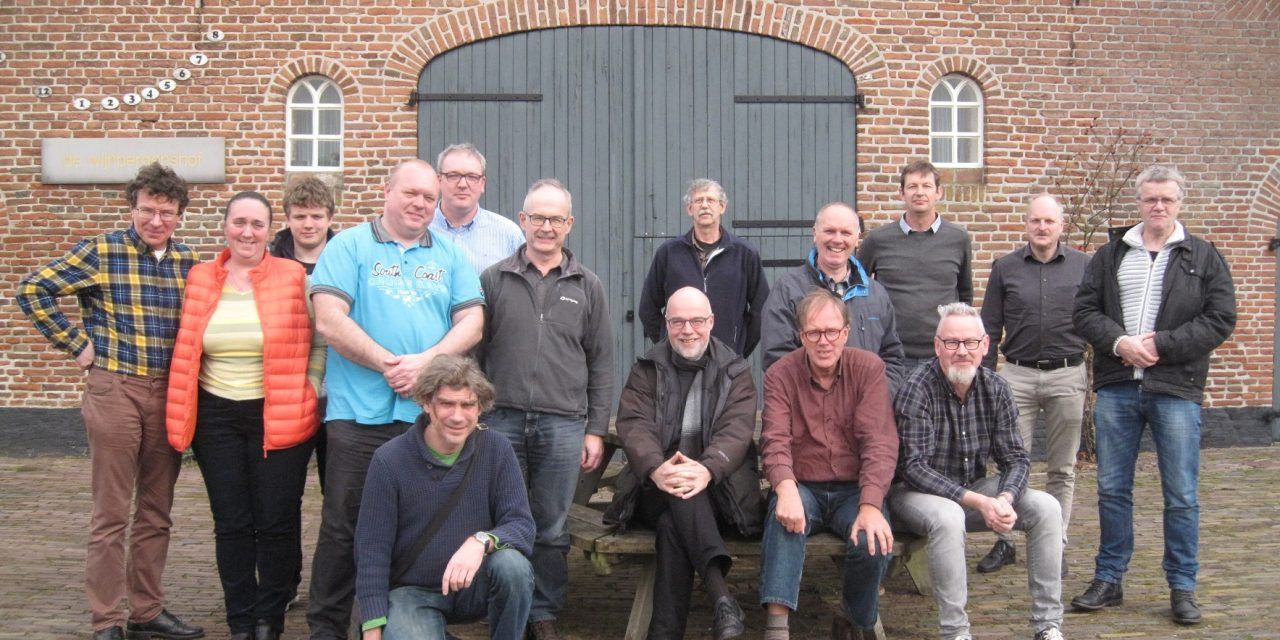The annual CAMS BeNeLux meeting took place in Bussloo, Netherlands on 11 March 2018 and was attended by about 25 people. Recent CAMS results were presented and various hardware and software aspects were considered. A summary is presented of the different presentations.
1 Introduction
The CAMS BeNeLux network is managed by a team of 20 volunteers operating more than 90 cameras at 22 CAMS stations. The greatest distance between two CAMS stations is about 400 km (for instance Grapfontaine–Terschelling is 395 km or Zillebeke–Burlage, 400 km) and although the most northern stations are operated with remote control, a CAMS meeting requires a long ride for several participants. Nevertheless the network participants are very eager to meet each other to share experience and to discuss all aspects of their CAMS activities.
For the March 2018 meeting the gathering was hosted by Volkssterrenwacht Bussloo, near Apeldoorn in the Netherlands. About 25 people attended the meeting, most of them camera operators, but also some meteor observers interested to hear about CAMS.
2 6th anniversary and the 100000th orbit
The first orbits of the network were registered in the night of 14–15 March 2012 by Klaas Jobse and Piet Neels and this date marks the birthdate of the CAMS BeNeLux network.
But this was not the only reason for a celebration. A few weeks before the meeting, the network had obtained its 100000th orbit. Koen Miskotte (Ermelo, 351,352, 353 and 354) surprised his colleagues with a delicious cake which he prepared especially for this occasion (see Figure 1 and 2). Paul and Adriana Roggemans (Mechelen, 383, 384, 388, 389, 399 and 809) offered some bottles of Romanian wine to help celebrate the event.
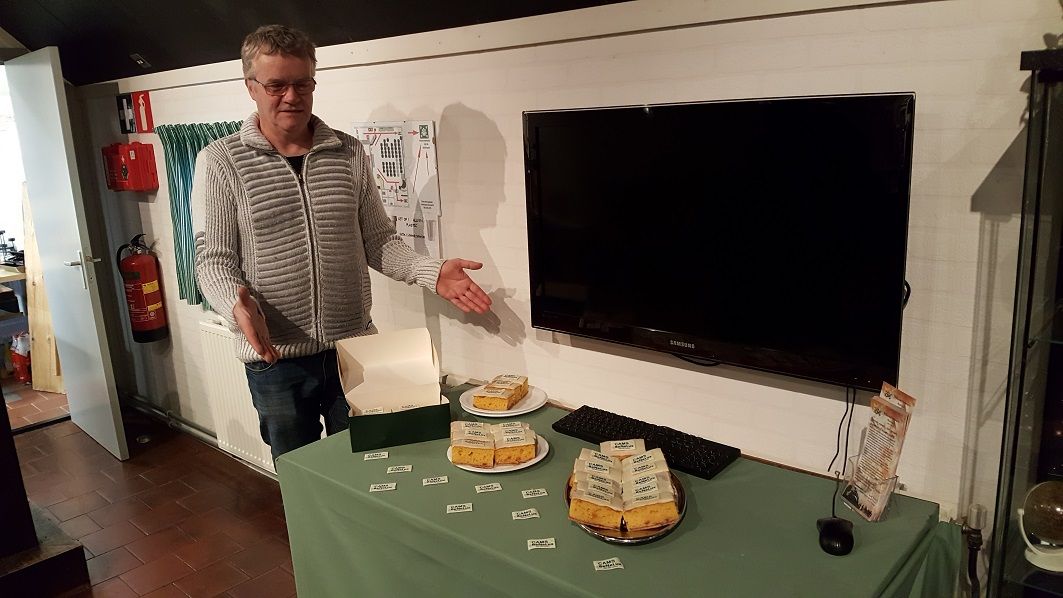
Figure 1 – Koen Miskotte presenting the CAMS cake, not to be confused with space cake.
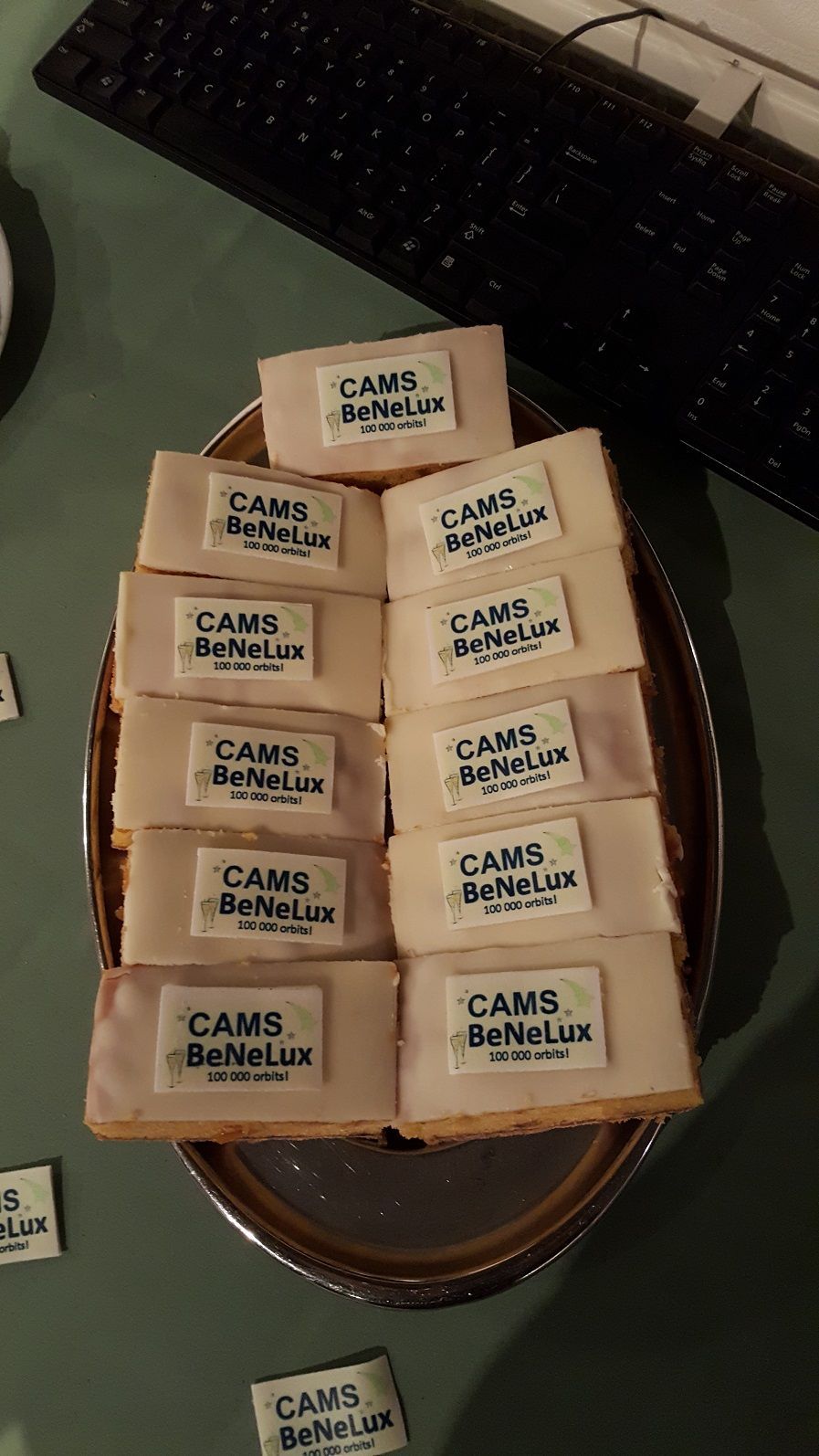
Figure 2 – The delicious cake offered by Koen Miskotte.
3 Welcome and CAMS developments
Carl Johannink, the CAMS BeNeLux Network coordinator, opened the meeting at 11 o’clock and introduced the program for the day.
2017 has been a very busy year for CAMS BeNeLux. Carl presented an overview of the main achievements of 2017:
- 35591 orbits were collected in 2017;
- 13 papers were published in eRadiant;
- 14 papers were published in eMeteorNews;
- 2 papers were published in WGN;
- 1 contribution was made to the IAU Working List of meteor streams (#228 OLY);
- Activity recorded of #281 OCT;
- 1 orbit of #246 AMO recorded 22/23 Nov.;
- Activity of #523 AGC registered;
- Tau Herculids detected on 30/31 May.
While December 2017 and January 2018 brought exceptionally bad weather, February 2018 was a once in a lifetime exceptional good month with as many as 4147 orbits. This total is exceptional for February, but about the same number of orbits as what we had in the normal month of October 2017 while meteor activity is much higher in October than in February. This gives some idea about the number of orbits we may have if we once get an exceptional clear month of October.
In the night of 13-14 February 2018 Dr. Peter Jenniskens draw Carl’s attention to a possible outburst for which CAMS BeNeLux had a number of orbits. The new shower got listed as #1032 FCM (α = 124°, δ = 2°, λʘ = 324°, vg = 16.5 km/s) and was also detected by LO CAMS (Arizona). More orbits of this shower were meanwhile found in the period 9–16 February as well as in previous years.
Next Carl described a number of points that require attention from all camera operators. For example:
- The name of the FtpDetectInfo.txt should always refer to the day that the night started. With other words this must be adapted manually if the capture session was started after midnight UT.
- All detectfiles must refer to the most recent Cal-files and these Cal-files must be sent with the detectinfo.
- If no Cal file could be obtained, then it should be carefully checked why. In case that the camera was moved, be sure to recalibrate manually and do not send data unless you have a valid Cal-file.
- Always double check what you send (correct date, correct cal-files, correct detectinfo, etc.).
- Verify if your time synchronization functions correctly. Check D4 and do not just trust it blindly.
In practice mistakes and unexpected errors do occur and most of these catch the attention when the data of all stations is merged and analyzed on double station events by the program Coincidence. Carl presented a number of situations where he has to interpret the possible source of some anomaly in order to decide which camera is at the origin of the problem. In most cases a valid trajectory and orbit can be obtained if the camera data of the source of the anomaly is rejected. Unfavorable geometrics or too poor accuracy in certain detection cases are among different possible explanations.
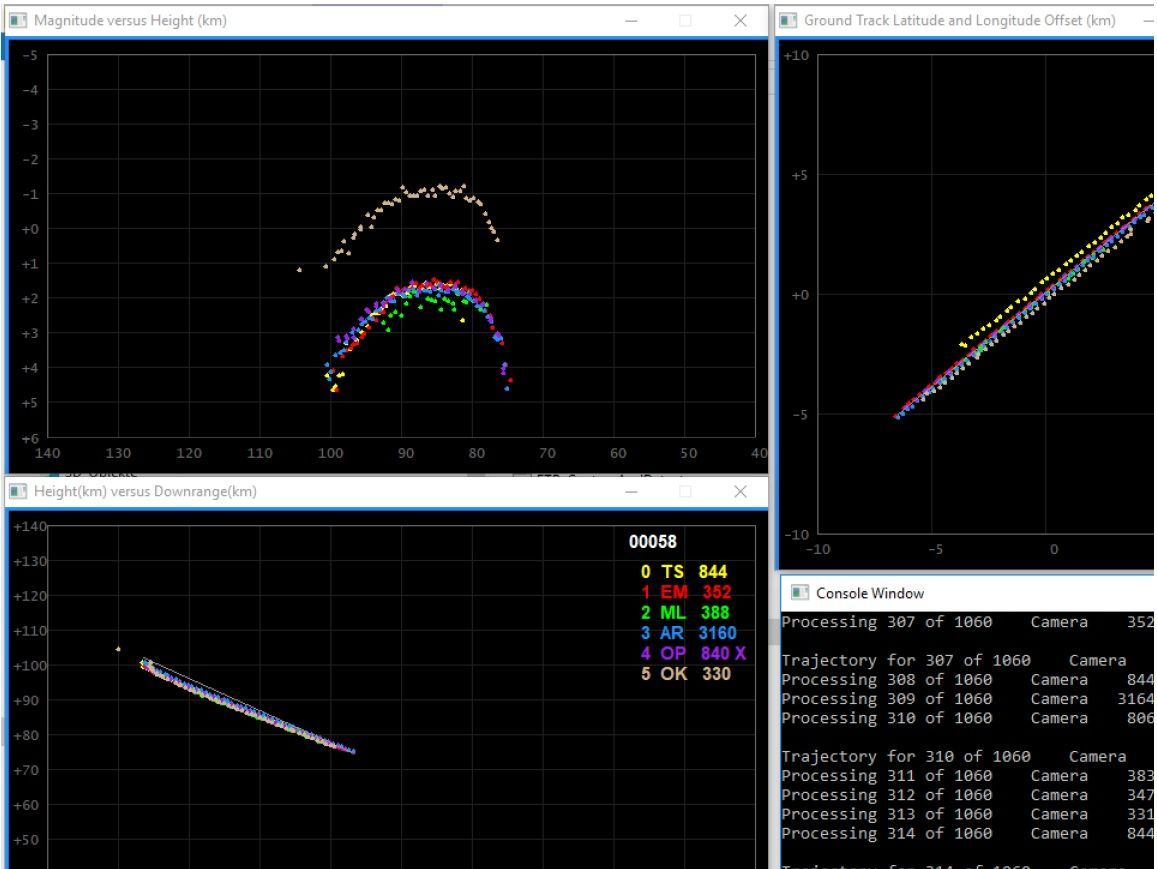
Figure 3 – One of the examples with anomalies presented by Carl Johannink.
4 The weird meteor of 2018 February 16
In the morning of 16 February at 4h55m UT a remarkable long meteor trail passed through several cameras and confused some camera operators whether or not this should be confirmed as a meteor or not. As many as 18 cameras captured this unusual long trail: 313 (Gronau, Germany), 324 (Hengelo, Netherlands), 331 and 334 (Oostkapelle, Netherlands), 342 and 343 (Ooltgenplaat, Netherlands), 352 (Ermelo, Netherlands), 380 (Wilderen, Belgium), 389, 807 and 808 (Mechelen, Belgium), 804 (Zoersel, Belgium), 814 and 815 (Grapfontaine, Belgium), 844 (Terschelling, Netherlands), 3160, 3166 and 3167 (Alphen aan de Rijn, Netherlands).
This meteor was in more than one way peculiar as it was an earth grazer with an exceptional long trajectory of over 500 km which occurred at an exceptional high elevation with an even more remarkable high entrance velocity. The standard analyses with the CAMS app Coincidence could not handle this case. All the data was transferred to the CAMS headquarters in California where Dr. Peter Jenniskens investigated the data. Pete Gural could apply some ad hoc analyzing techniques to get more information from the available images. The first preliminary results indicate that this could be a most remarkable appearance. Carl presented some of the first results and browsed the lists with questions and requests for additional investigations. The case is still under investigation and more will be published as soon as the final results and conclusions are ready.
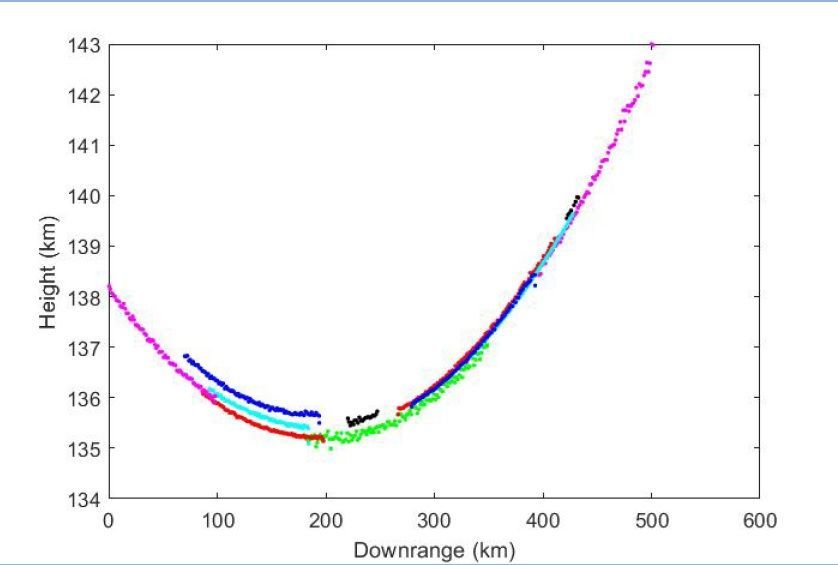
Figure 4 – A plot of the variation in height along the trajectory.
5 Minor showers and D-criteria
Paul Roggemans gave a presentation how minor showers can be detected within a huge number of orbits. The CAMS project generated a large number of newly discovered minor showers. In about 10 years an impressive working list with concentrations of orbits has been compiled which recalls bad memories of the radiant catalogues of 40 years ago which were mainly based on single station work. Most minor showers from the past proved to a large extend fake. How real are the many minor showers that are currently being listed?
Amateurs tend to overlook that even the most sophisticated video observing techniques still have error margins on their measurements. Most people assume there is a solid methodology to analyze and to define orbit concentrations and therefore tend to believe all reported minor showers are real. However this is not how science works, nobody should believe anything. The most common way to try to detect clusters of similar orbits are the so called discrimination criteria, (Roggemans and Johannink, 2018). With some practical examples the relative significance of these criteria was shown. The famous D-criteria only indicate a degree of similarity between orbits but do not prove any physical relationship between the orbits. When searching worlds’ major orbit datasets of CAMS, EDMOND and SonotaCo, clusters of similar orbits should be considered with great care and caution. Random dust concentrations in the solar system explain why in some regions the ‘contamination’ with random distributed sporadic orbits includes similar orbits that fulfill the D criteria. In these cases the D criteria are rather misleading as many of these pure sporadic orbits will fulfil the D-criteria within a high threshold.
The complex nature of the shower association based on orbits with a rather accurately determined radiant position and velocity raises questions about the reliability of single station meteor work. For visual observations the focus is to count the number of meteors and their magnitudes for a limited number of meteor showers known as major showers with statistical significant numbers of meteors. These observations make statistically sense as the dominant activity of such visually observed shower is far above the sporadic contamination of the sample. The problem is more with single station video work that pretends to detect minor shower radiants from backwards produced trails, assuming that any concentration of intersection points indicates a shower radiant. This assumption will work for a number of minor showers, but the sporadic contamination of the sample will be rather problematic in many cases. Radio work does not allow detecting any shower association and can be considered as of no use in the challenge to study minor showers.
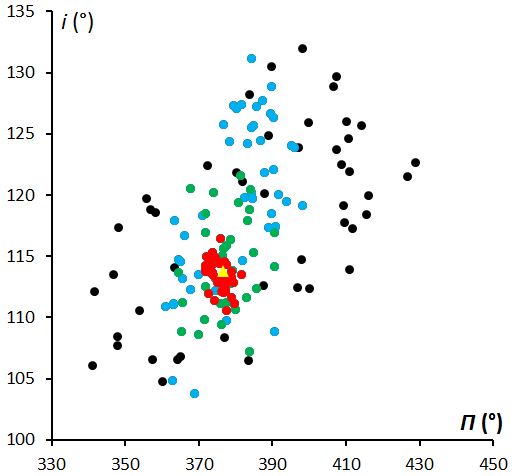
Figure 5 – An example of a statistical significant concentration of December alpha Bootids in a diagram of inclination i against length of perihelion Π.
6 Fireball EN240218
Jean-Marie Biets presented an overview of the results obtained for the fireball of 24 February at 00h11m31s UT, such disturbing bright event for CAMS and such a delight for the All-sky cameras.
The fireball was recorded by 5 all-sky stations: Ermelo (Koen Miskotte), Benningbroek (Jos Nijland), Wilderen (Jean-Marie Biets), Niederkruechten (Hans Schremmer) and Oostkapelle (Klaas Jobse). The fireball was also captured on several CAMS cameras.
Jean-Marie presented an overview of all the images collected for this fireball and compared the results obtained from the all-sky data provided by Dr. Pavel Spurný with the results provided by Carl Johannink based on the CAMS data. Based on the all-sky data the fireball started at 97 km height and ended at 33.5 km after a trajectory of 157.3 km. No need to make any field searches for meteorites as there isn’t any chance for anything that could have hit the surface of the Earth.
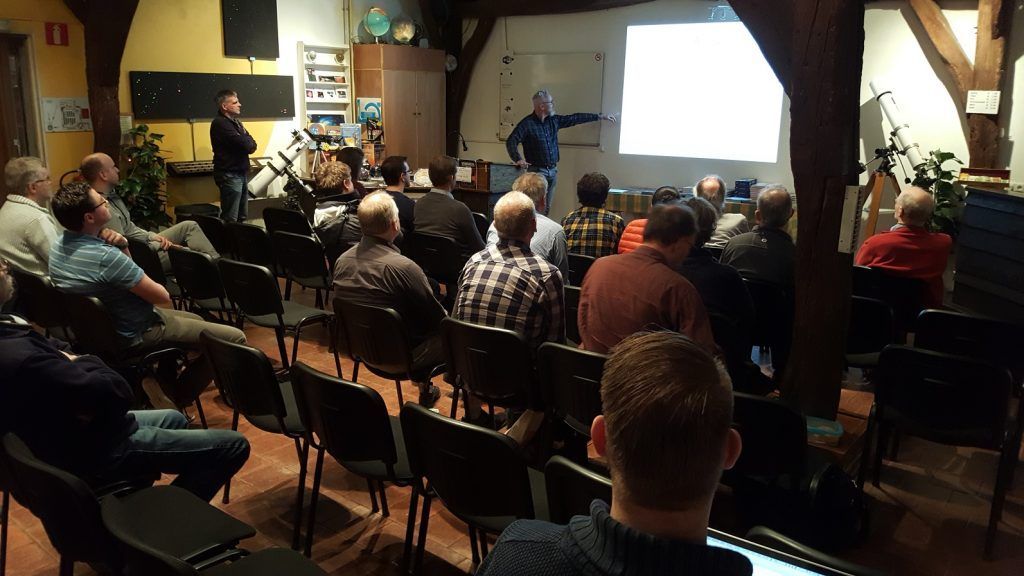
Figure 6 – Jean-Marie Biets during his presentation.
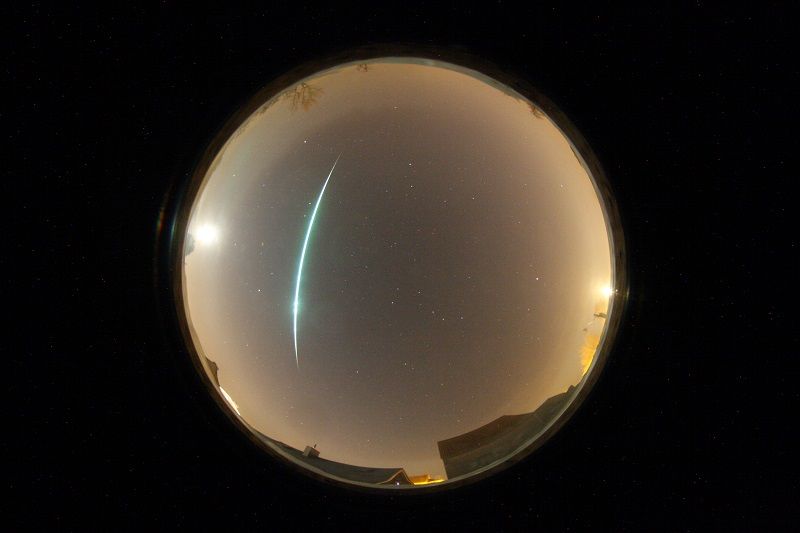
Figure 7 – The 24 February fireball registered by EN92 at Wilderen (Belgium).
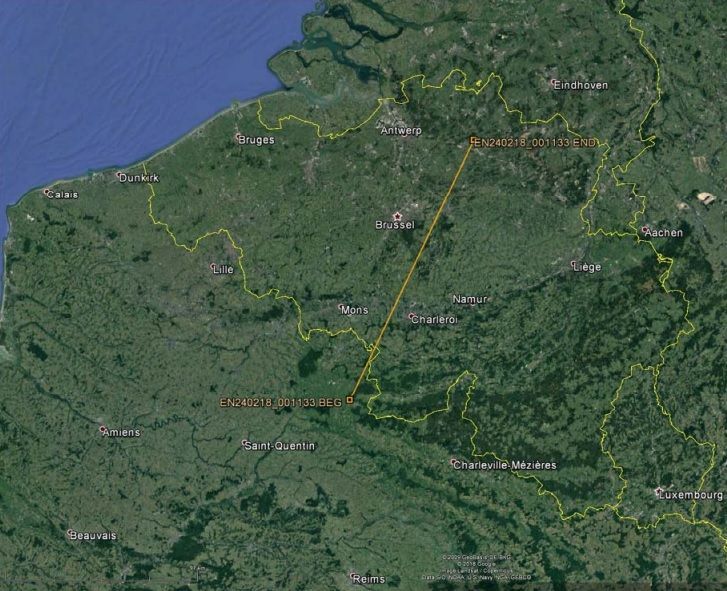
Figure 8 – The projected ground trajectory of the fireball.
7 Hardware issues of CAMS
The volunteers of Volkssterrenwacht Bussloo offered soup, coffee and tea during lunchtime, a perfect time for socializing and informal contacts. After the lunch Robert Haas explained a number of technical aspects that interfere. With several posts attempting to operate more cameras on a single PC combined with Auto CAMS, the demands on the hardware and the software configuration caused quite a bit of technical problems. The weak point in the CAMS configuration turns out to be the EzCap 116 dongles and their interaction with the USB ports. Problems with the dongles, some call these EzCrap, are responsible for various, sometimes unexpected malfunctioning.
Robert explained the characteristics of the different Watec models and how resolution and contrast are defined. Some examples were given to modify the settings. Typical problems like hot pixels, video smear, and different kinds of erroneous interferences in the video images were discussed. The problems with dongles, USB capacity and connections got detailed attention.
The differences between Watec 902H Ultimate and the Watec 902H were discussed in detail. A number of practical advices were given as how to obtain a new calibration file.
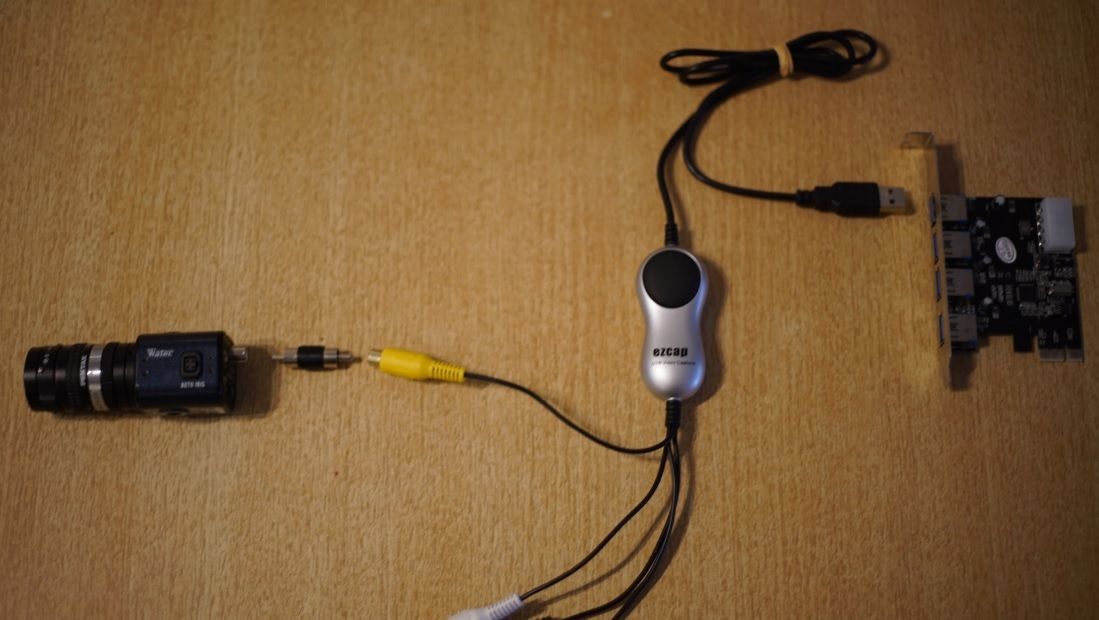
Figure 9 – Typical CAMS hardware configuration.
8 CAMS 2.2 and CamsGUI
Steve Rau presented the new Auto CAMS (based on CAMS 2.2) and CamsGui. All participants received a printed copy of the 113 pages thick CAMS manual with a lot of information about CAMS, practical tips, detailed descriptions of all the different CAMS programs, the manual procedures to operate CAMS and the details about AutoCAMS and CamGui.
The workflow of CAMS consists of a sequence of procedures that have been automated to a large extend. Human intervention is only required at two steps in the loop. The confirmation requires on sight decision which detection is most likely a real meteor and which are obvious false detections. Coincidence requires visual quality control of the obtained trajectory and orbit. Also these aspects have been automated at the CAMS headquarters, applying AI technology. Step by step Steve went through the procedures demonstrating the advantages of the tools.
Steve described how to install the new CAMS software version, which parameter files that had to be adapted. The use of CAMSGui.exe was explained and information was provided about the use of the Sensoray 812 with Pal which functions perfectly at the CAMS stations in the United Arab Emirates (Figure 11).
A live demo was giving and since the CAMS station in the United Arab Emirates were already capturing towards the end of the CAMS day in the BeNeLux, everybody could watch the ongoing CAMS session live via TeamViewer.
Steve summarized some frequently reported problems and provided his advices what to do in case these problems do occur. Log files are helpful to identify most problems. Some CAMS stations were confronted with so called sectored meteor trails, which make the determination of the correct duration and thus velocity impossible. The reason for this is that the number of cameras exceeds the capacity of the PC used for CAMS. Other system processes may interfere, USB capacity may be exceeded, the hard disk may be too slow to handle the storage of the data, etc.
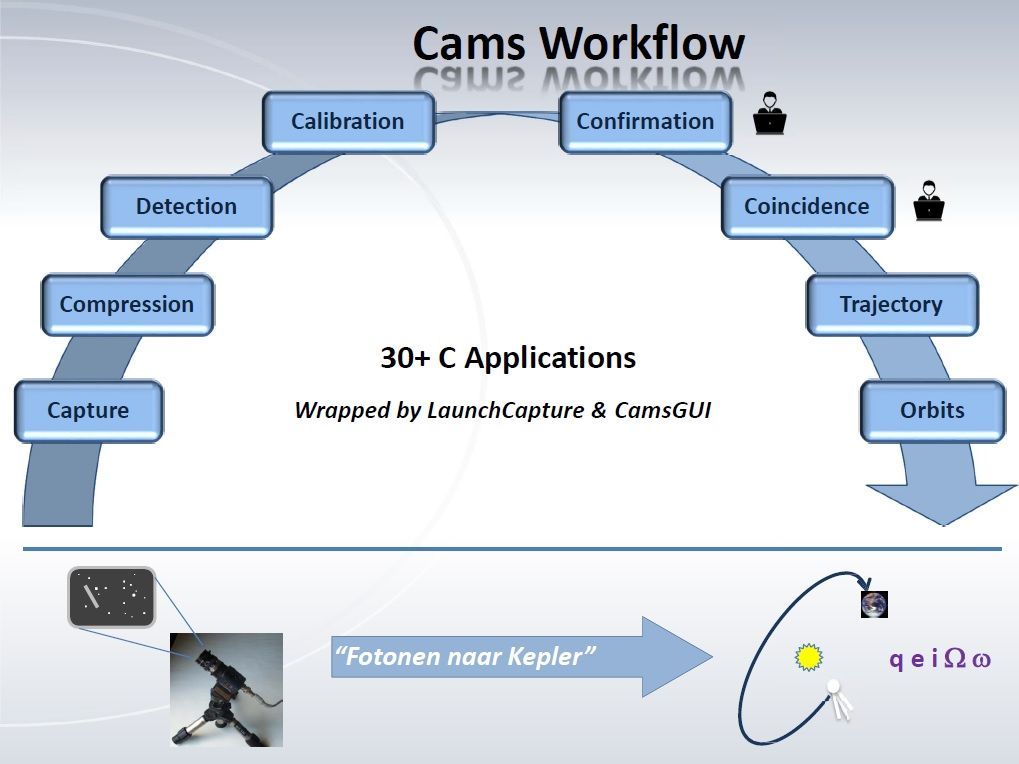
Figure 10 – The CAMS workflow.
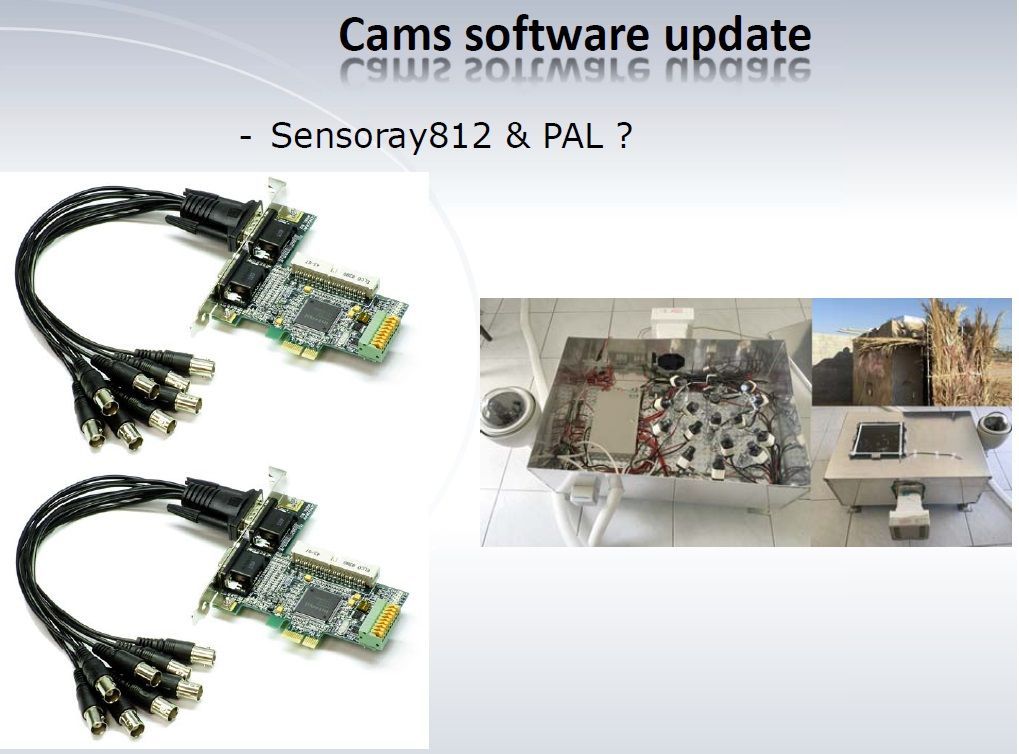
Figure 11 – The CAMS installation in the United Arab Emirates.
9 Camera fields optimization
Paul Roggemans gave an overview of the current orientation of all the camera fields compared to the situation as presented at the previous CAMS day of 12 March 2017. The number of cameras has increased with about 50% since last meeting. Most stations have pointed their cameras in function of an optimal coverage of the atmosphere above 80 km, taking into account that the variable weather circumstances require multiple instead of double station coverage. The large number of cameras and the occurrence of many multiple station meteors during perfect clear nights feed the perception that the camera network got saturated and that no new posts or cameras should be admitted. However, the number of perfectly clear nights for the network remains rather rare, at best once or twice a month. The bulk of the orbits collected by the network are being harvested during partial clear nights, often under very unfavorable circumstances. This success despite mediocre weather conditions is due to two factors: the organization of the camera fields with multiple overlap combined with AutoCAMS at 2/3 of the CAMS stations.
CAMS Benelux with more than 90 cameras is about the 3rd camera network after SonotaCo with ~100 cameras in Japan and EDMOND which unites many networks with in total 311 cameras. We are about the only network that so far does not struggle with delay in reduction. With 1/3 of our network functioning only occasionally according to the weather we are the only network that does not operate all cameras all nights.
The technical problems that occurred in 2017 had a serious impact on the final harvest of orbits. More supervision of automated stations is required to anticipate on erroneous data, e.g. when clock synchronization problems ruin identification of coincidence.
Finally a comparison was made between CAMS 1.3, 1.6 and 2.2 for the number of false detections. Based on the data of the capture sessions, it appeared that the number of false detections was reduced by a factor of 3 comparing version 1.6 to 1.3, and reduced by a factor of 30 comparing version 2.2 to 1.3. Everybody is highly recommended to upgrade to version 2.2 a.s.a.p.
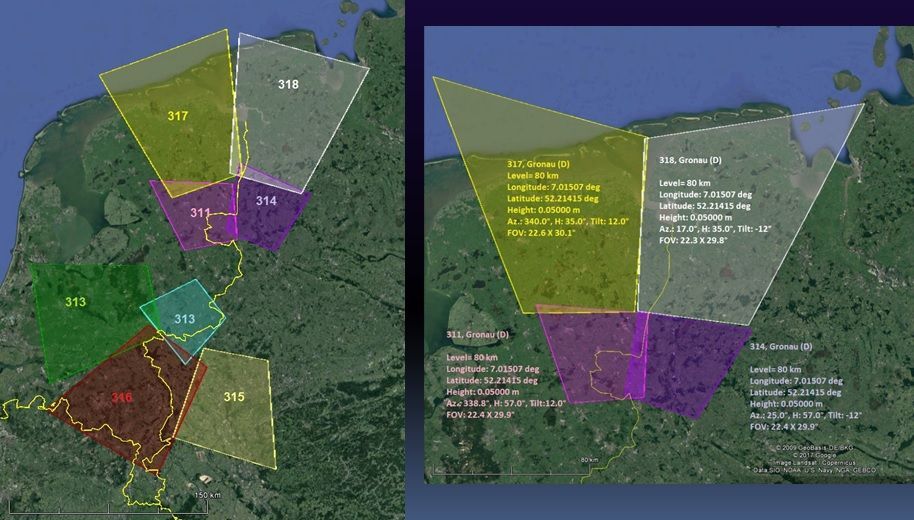
Figure 12 – Camerafields should be oriented in such a way that a large block of the sky is being monitored.
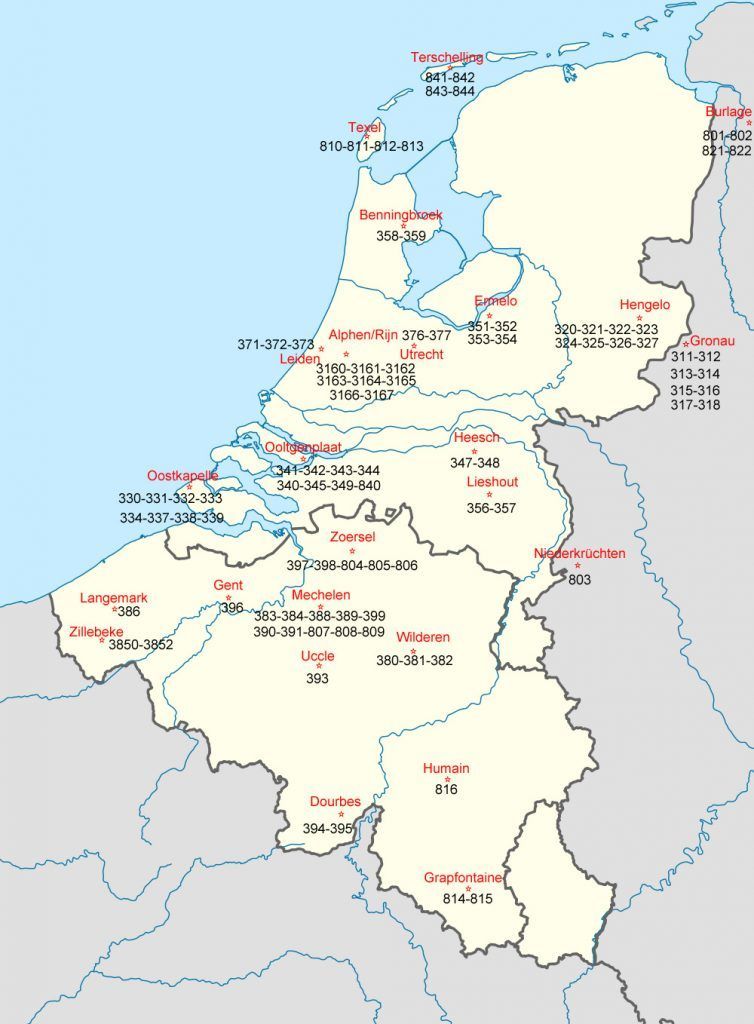
Figure 13 – The positions of the CAMS stations in March 2018.
10 Closing of the CAMS day
Before the meeting was closed, Paul Roggemans took a moment to thank Carl Johannink and Martin Breukers for their efforts as coordinators to provide regular feedback to the camera operators, a considerable amount of work which is essential for the motivation of all. A bottle of Romanian wine was offered to Carl and Martin with a sincere warm applause from the audience.
Carl closed the CAMS meeting a bit past 17h, later than initially planned. Reactions from the participants were very positive. We already look forward to a next CAMS meeting!
Many thanks to the team of the Volkssterrenwacht Bussloo for their hospitality and support to have this meeting.
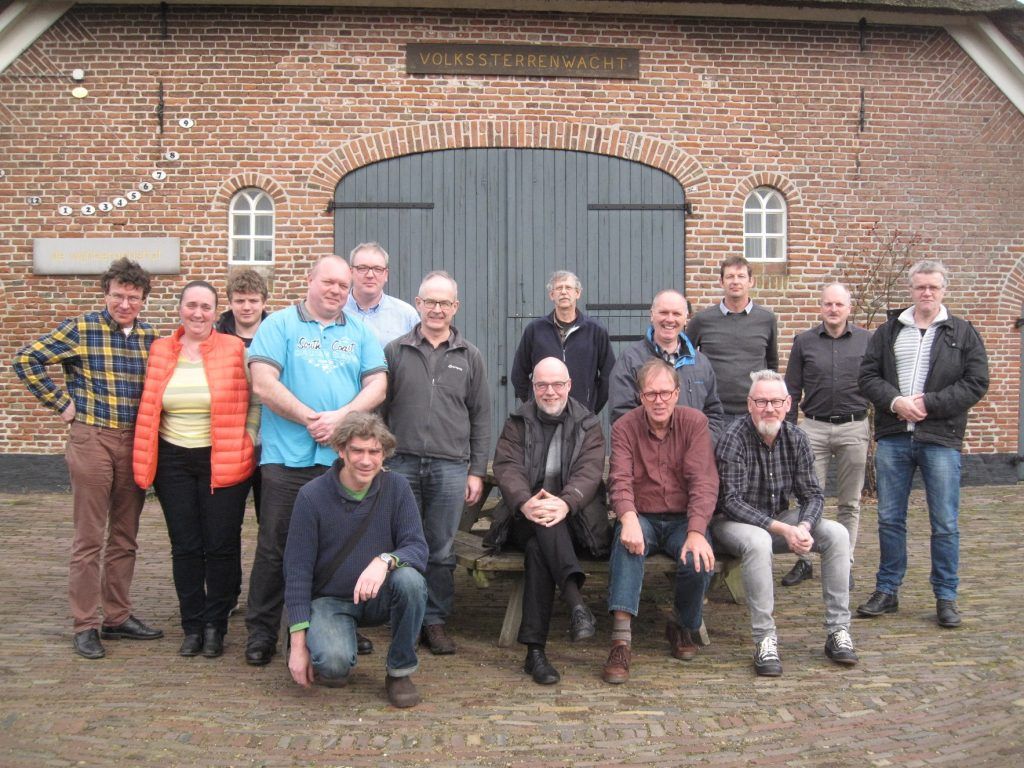
Figure 14 – The CAMS team with the camera operators present at the meeting. From Left to right: Paul Roggemans and Adriana Roggemans (Mechelen, 383, 384, 388, 389, 399 and 809), Ian Rau, Robert Haas (Alphen aan de Rijn, 3160, 3161, 3162, 3163, 3164, 3165, 3166 and 3167; Burlage, 801, 802, 821 and 822; Texel, 811, 812, 813 and 814). Tim Polfliet (Gent, 396), Steve Rau (Zillebeke, 3151 and 3152), Luc Gobin (Mechelen, 390, 391, 807 and 808), Carl Johannink (Gronau, 311, 312, 313, 314, 315, 316, 317 and 318), Piet Neels (Ooltgenplaat, 340, 341, 342, 343, 344, 345, 349 and 840; Terschelling, 841, 842, 843 and 844), Hans Betlem (Leiden, 371, 372 and 373), Erwin van Ballegoij (Heesch, 347 and 348), Jos Nijland (Benningbroek, 358 and 359), Jean-Marie Biets (Wilderen, 380, 381 and 382), Martin Breukers (Hengelo, 320, 321, 322, 323, 324, 325, 326, 327) and Koen Miskotte (Ermelo, 351, 352, 353 and 354).
Not in this picture: Felix Bettonvil (Utrecht, 376 and 377), Bart Dessoy (Zoersel, 397, 398, 804, 805 and 806), Franky Dubois (Langemark, 386), Jean-Paul Dumoulin & Christian Wanlin (Grapfontaine, 814 and 815), Klaas Jobse (Oostkapelle, 330, 331, 332, 333, 334, 337, 338 and 339), Hervé Lamy (Dourbes, 394 and 395; Humain, 816, Ukkel, 393) and Hans Schremmer (Niederkruechten, 803) (Photo Carl Johannink).

